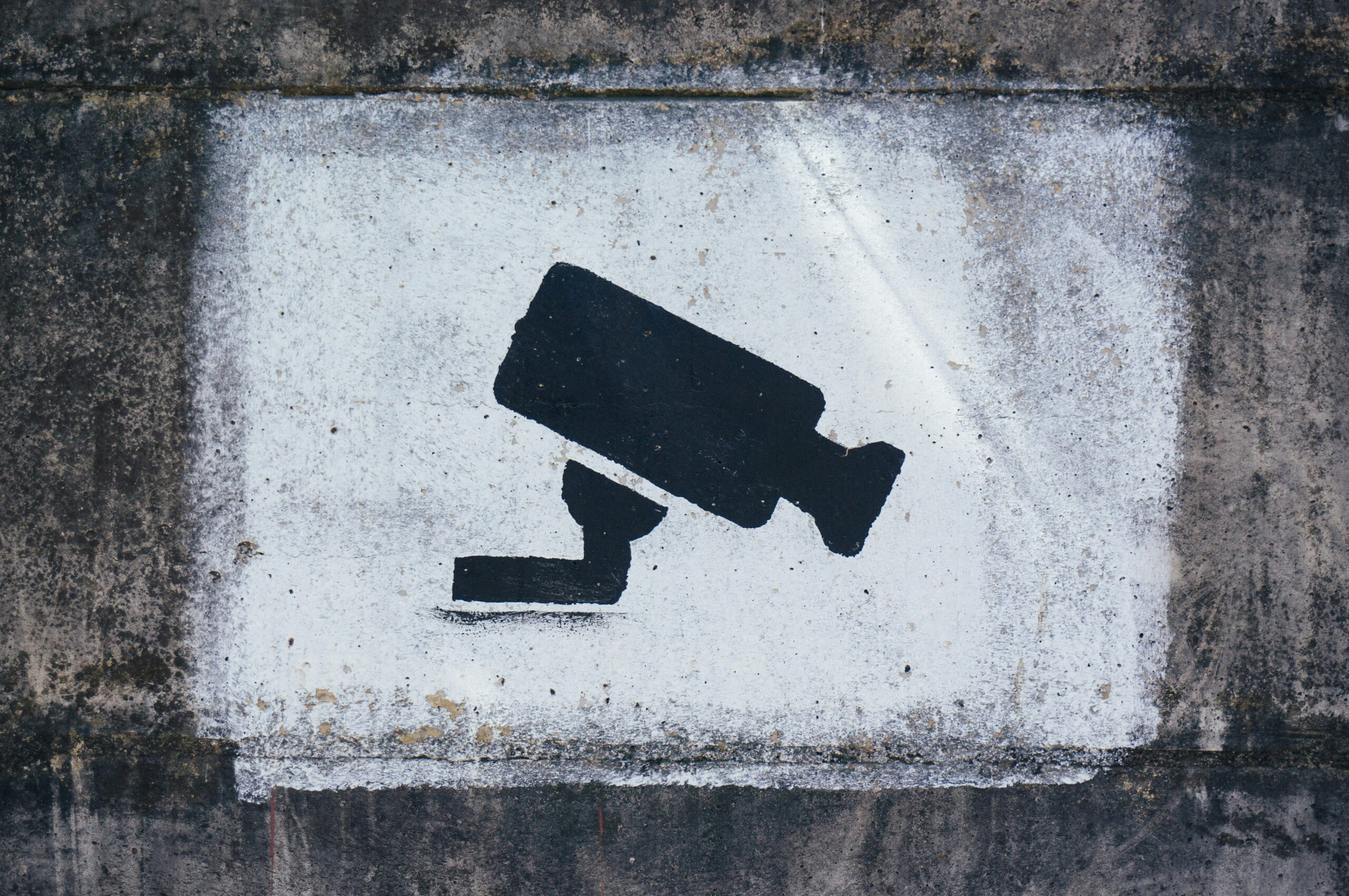Building a Secure Future: The Role of Electronics Services in CCTV System Installation
Table of Contents

Introduction to Electronics Services in Modern Construction
In today’s fast-paced construction industry, integrating electronic systems has become essential for ensuring the safety, security, and efficiency of building projects. Among these systems, Closed-Circuit Television (CCTV) systems stand out as a cornerstone of modern security, protecting various types of properties from threats and enhancing operational safety.
Modern building projects demand meticulous planning, particularly for integrating electronic systems like lighting, fire alarms, and CCTV. In line with the National Building Code of the Philippines, these systems must meet strict safety and installation standards. A well-designed CCTV plan identifies strategic camera placements to ensure comprehensive coverage, deterring criminal activities and monitoring safety concerns effectively.
Obtaining the necessary CCTV permit is another critical step, ensuring compliance with local regulations and preventing potential legal issues. Integrating electronics services from the start of a construction project fosters a proactive approach to safety, creating secure environments for both occupants and property.
In summary, as construction projects grow in complexity and security demands rise, the role of electronics services—particularly in CCTV system implementation—remains vital. Through strategic planning and compliance with building codes, construction firms can establish environments that prioritize safety and security.
Understanding CCTV Systems
CCTV systems, or closed-circuit television systems, are essential tools for maintaining security in residential, commercial, and industrial environments. These systems use strategically placed cameras to capture video footage, which is transmitted to monitors and recorded for future use.
A typical CCTV system includes cameras, a recording device like a DVR or NVR, and monitors. Camera types vary, including dome, bullet, and PTZ (pan-tilt-zoom) cameras, each suited for specific surveillance needs. The choice of camera depends on factors like environmental conditions, coverage area, and monitoring objectives. Selecting the appropriate equipment ensures effective and reliable surveillance.
Complying with local regulations, such as the National Building Code of the Philippines, is crucial for a successful CCTV installation. Securing the necessary permits not only ensures legal compliance but also enhances public safety by adhering to established standards. Ultimately, CCTV systems act as both a deterrent and a critical resource for addressing security breaches.
The Role of Electronics Services in CCTV Installation
Installing a CCTV system is a critical step in safeguarding properties, and electronics services play a pivotal role in this process. From planning to execution, these professionals ensure that installations comply with regulations like the National Building Code of the Philippines while meeting the specific needs of the site.
- Site Assessment:
A thorough evaluation of the property identifies optimal camera placements, considering factors like lighting, potential obstructions, and vulnerable areas. This assessment forms the foundation of a detailed CCTV plan, minimizing blind spots and ensuring effective coverage. - System Design:
Electronics services professionals select the right equipment, including high-resolution cameras, recording devices, and storage solutions, tailored to the site’s unique requirements. Proper equipment selection ensures reliable performance in varying conditions. - Installation and Integration:
Technicians handle the physical installation, including mounting cameras, running cables, and establishing network connections. Ensuring compliance with the approved CCTV plan and building codes guarantees the system’s safety and effectiveness.
By managing these steps, electronics services professionals ensure that CCTV systems deliver optimal security while adhering to all regulatory standards.
Key Considerations for Choosing CCTV Equipment
Selecting the right CCTV equipment is critical for creating an effective surveillance system. Important factors include:
- Resolution: Higher-resolution cameras, such as 4K models, capture detailed images crucial for identifying individuals and incidents.
- Coverage Area: Wide-angle lenses or multiple cameras may be required for larger spaces, ensuring no blind spots are left unmonitored.
- Technology: IP-based systems offer advanced features like remote access and cloud storage, providing scalability and enhanced security.
- Environment: Outdoor cameras must be weatherproof, while indoor cameras may have different specifications.
Adhering to the National Building Code of the Philippines ensures that installations meet safety and compliance standards, reducing risks and liabilities.
Integrating CCTV Systems with Other Security Measures
While CCTV systems are essential, their effectiveness increases when integrated with other security measures such as:
- Alarm Systems: Combining CCTV with alarms enables real-time alerts and audio deterrents during security breaches.
- Access Control: Integrating biometric systems or electronic locks with CCTV enhances identity verification at entry points.
- Security Personnel: Live CCTV feeds assist personnel in making informed decisions and responding promptly to incidents.
This comprehensive approach strengthens the overall security framework, ensuring compliance with building regulations.
Challenges in CCTV System Installation
CCTV installation often faces hurdles, including:
- Technical Limitations: Older buildings may require infrastructure upgrades to support modern systems.
- Budget Constraints: High-quality cameras, storage solutions, and maintenance can escalate costs.
- Regulatory Compliance: Non-adherence to the National Building Code of the Philippines can lead to fines or delays.
By addressing these challenges through careful planning, budgeting, and expert consultation, construction firms can achieve successful installations.
Maintenance and Future Trends in CCTV Systems
Regular maintenance ensures the reliability of CCTV systems. Best practices include:
- Routine Inspections: Cleaning lenses and checking recording devices prevent image quality issues and system failures.
- Software Updates: Keeping software current protects against vulnerabilities and enhances performance.
Emerging trends like AI integration and cloud-based systems are reshaping the security landscape. AI-enabled cameras offer advanced analytics, while cloud solutions provide scalable storage and remote access. These innovations align with building codes, ensuring effective and compliant security measures.
Conclusion: Building a Secure Tomorrow
CCTV systems are integral to modern construction, providing essential security for properties and occupants. By combining meticulous planning, regulatory compliance, and technological advancements, construction firms can create secure environments that address evolving security challenges. Electronics services remain at the forefront of this endeavor, shaping a future where safety and innovation go hand in hand.




 News & Tips
News & Tips